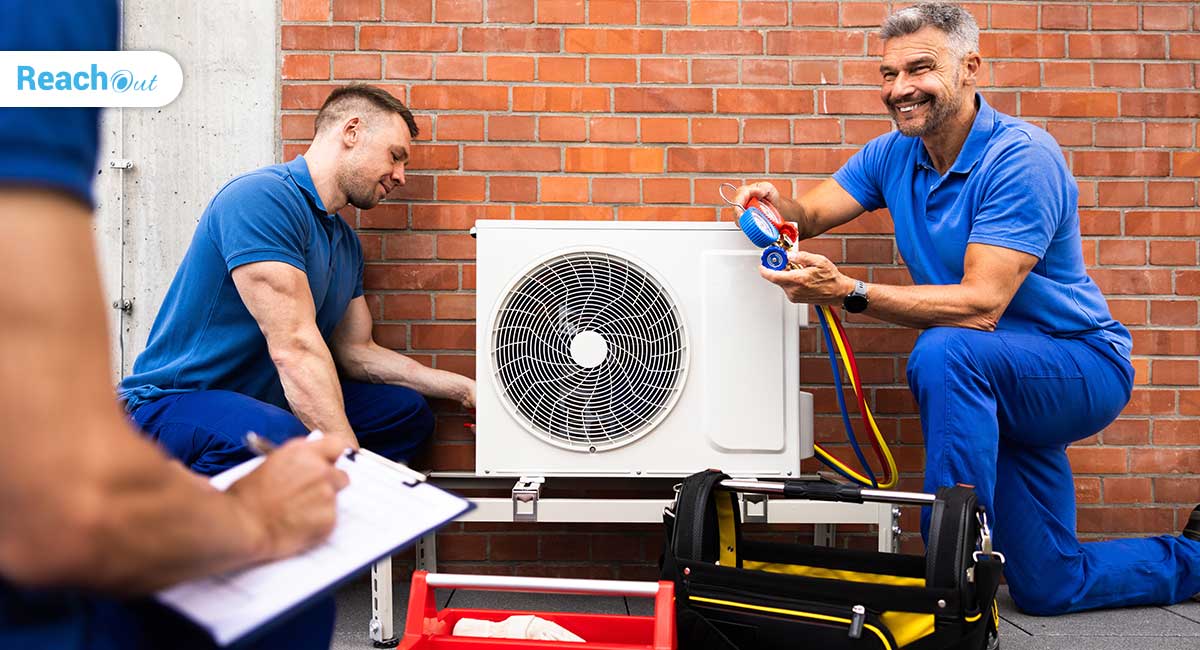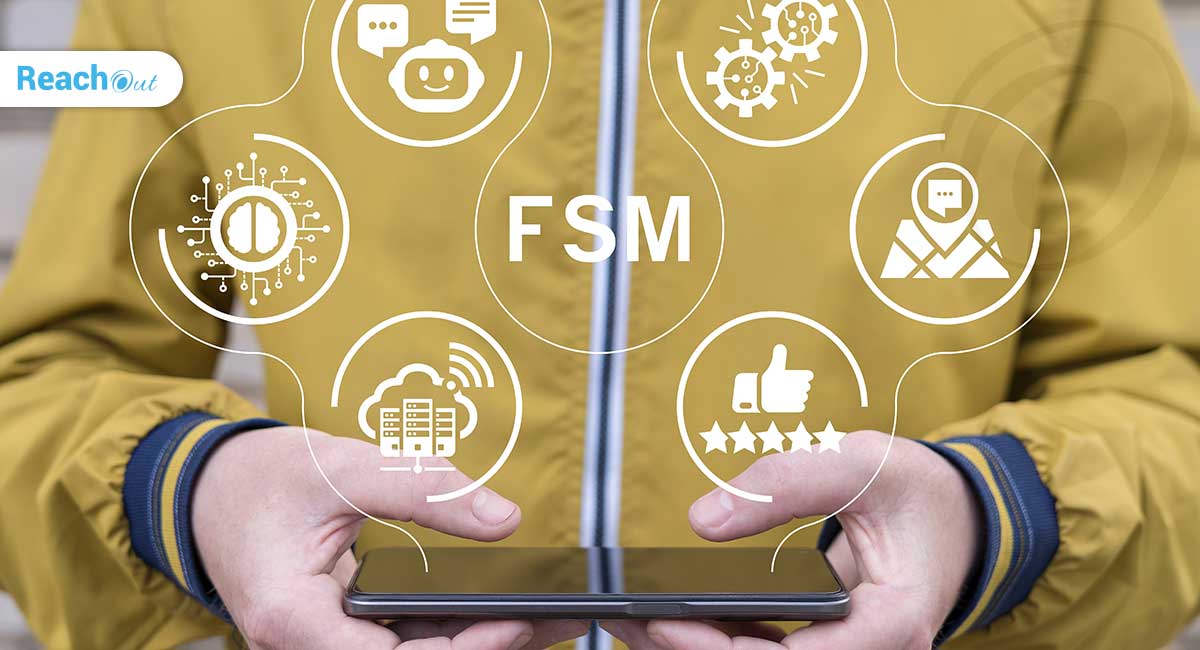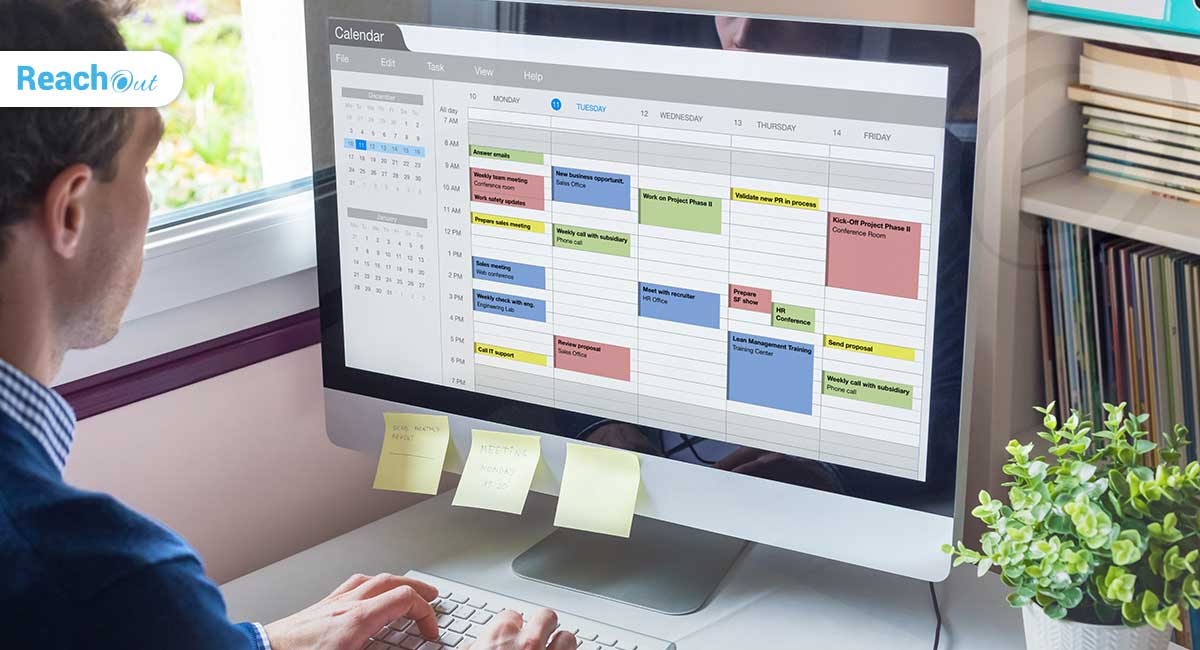The success of any field service support system depends on the remote field technician having access to the right information and data, at the required time, enabling timely action without delays.
The combination of mobility and the right technology offers cutting-edge tools that empower field service technicians in this direction. Here are the key trends in the next generation mobility field software.
Mobile Apps and Software Get Enhanced Features
A mobile app or software enables field service technicians to remain visible and always connected with their office, and exchange information in real time. However, beyond such a basic vanilla app, field service executives are now leveraging next generation mobile solutions to improve their productivity and sync their workflow seamlessly.
The latest field mobility software enable technicians to access the latest information related to performing their tasks, such as the required forms and checklists, technical information on how to conduct audits, and more, on the fly. Field service executives making customer calls also get the latest and relevant information related to their customer. State of the art mobility systems offer real-time access to knowledge and back-end systems, enables accurate data entry, facilitates real-time scheduling and tracks data to execute what is required, without delay. There is also the provision of real-time support for the field executive, from the office. The focus is not just on smoothing workflows, but on delighting customers, with reliable appointment windows, accurate arrival times of technician arrival and real-time status updates.
The cloud plays a critical role in facilitating seamless, field-based collaboration. Today’s field apps have tight back-end integration, facilitating a smooth workflow.
Real Time Tracking Becomes a Norm
The supercharged business environment, where speed is of the essence, places a premium on real-time tracking. About 24% of companies enable real-time tracking of technicians, parts, vehicles, and equipment, to facilitate seamless operations. Side by side, there is improved connectivity between the technician and the office, through mobile VPN, using technologies such as video streams, to facilitate such real-time tracking.
The benefits such real-time tracking and improved connectivity offers are multifold, and include:
- Ability to get the accurate position of the field executive
- Ability to diagnose efficiency of the technician in real time
- Ability to get exception alerts, such as over-speeding or slack by a technician
- Get updates on the status of work done by field executives, and more.
Embedded Analytics Becomes Popular
In an increasingly data-driven world, the best field service software come embedded with analytical capabilities.
Today’s field service technicians and inspectors collect data from a wide range of sources. IoT is set to churn out more data from machines, customers, products, and other installations. Amidst such data overload, enterprises face the challenge deriving actionable insights. With speed now a critical essence for success, field service technicians and inspectors would require analytical insights from their data in real-time, to avoid productivity destroying delays, or unthinkable repeat visits.
The solution that has caught on is embedding the field mobility software with sophisticated analytical tools, which offer real-time actionable insights to field service technicians and inspectors, and also offer customized and easily consumable reports instantly. Successful field professionals tweak their performance based on the real-time data input, to optimize performance, productivity, and quality.
The Rise of Augmented Reality
Newer technologies are making a deep impact in how work is done, in a big way. A case in point is Google Glass, which heralds the concept of “Vision as the new Interface.” Here, the field technicians can control other connected devices using gestures and eye movements. Another device that can have a profound impact on how field executives work is the Smart Helmet developed by DAQRI.
These devices allow field technicians and inspectors to access information, drawings, instructions, and schematics in a hands-free mode, improving safety and productivity. Linkage to IoT “things” also delivers timely alerts on changes in key parameters of the devices they are supposed to monitor or service.
Security Become Even More Pressing
Security has always been an issue with mobile apps, but with more and more data and functions now residing on-field mobility devices, security has become a top consideration. Advanced security features, encrypted transmission of data, and a more robust approach to developing code to eliminate vulnerabilities are all now integral part of the app development process, rather than an adjunct.
Effective Security however requires a wider approach. Apart from making the field mobility apps tighter security-wise, there is now a coherent effort to update users with the right tools and protocols, and also educate them on the do’s and don’t’s.
Increased Customization
Servitization, or matching the increasing needs of customers rather than solely selling a product is fast catching up in the mobility space as well. Field mobility platforms are becoming highly customized to solve the pressing needs of specific businesses.
Different stakeholders in the field service dispensation have different uses with the field mobility solution. There may also be different front end apps, to suit managers, technicians, inspectors, and others, closely tied up to an integrated back-end.
A field service manager would want to spend more time on the field, while still keeping in touch with his office, in real time, to remain in control over the pulse of the business, and handle customer complaints or issues remotely. He would also need visibility into the status and operations of all field technicians. Apart from the software that facilitates all these, he would require long battery life, and hence a lightweight app that does not drain too much power. On the other hand, an inspector would require forms and checklists to do his or her job, and also technical information and historical data that allow her to make the correct assessment.
The best approach to successful implementation of a field service platform, fully configured to customer satisfaction, is custom development. Custom development, however, needs to keep up with the fast pace of the changes in actual work processes, changes in regulatory requirements, and other changes in the wider ecosystem. Partnering with ReachOut ensures the delivery of a highly adaptable, flexible and customizable field solutions. ReachOut has the expertise and experience of developing hundreds of field mobility solutions, for companies cutting across all industries.
Sachin Krishna
Sachin works as a part of the digital marketing team at ReachOut Suite. He believes in a healthy and resourceful web and does his own little contributions for the purpose by creating and disseminating innovative and quality content.
More posts by Sachin Krishna


